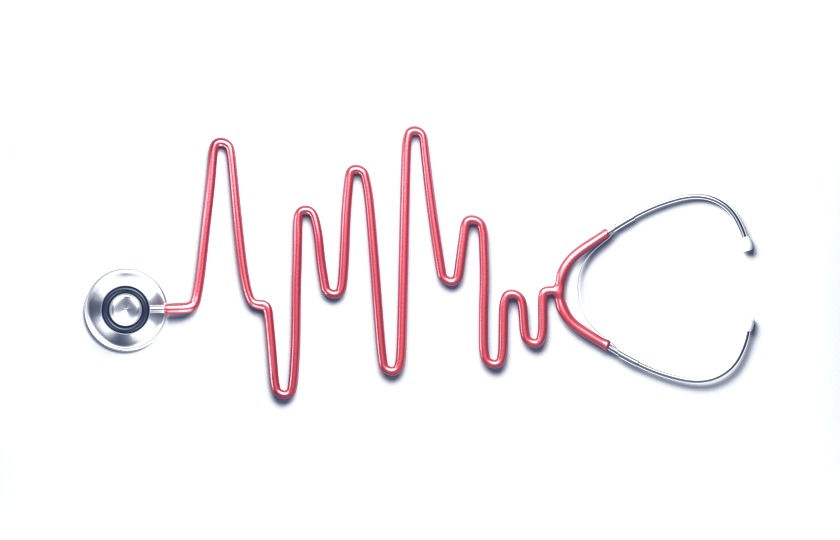The future of healthcare shouldn't just be digital. It should be Better
- David Stack
- May 18
- 3 min read
Healthcare is undergoing a digital revolution.
From AI-driven diagnostics to wearable health monitors and electronic patients records (EPR), technology is reshaping how care is delivered, managed, and experienced. The promise is bold: better outcomes, lower costs, and more personalized care. But as the sector embraces innovation, a pressing question emerges. Is healthcare tech solving problems or simply creating new ones?

The Promise: Efficiency, Accuracy, and Access
Healthcare technology has undeniably delivered game-changing advances. AI tools now help detect diseases earlier and more accurately than ever before. Remote monitoring devices empower patients to manage chronic conditions from home. Telemedicine platforms have widened access to care, particularly in underserved or rural communities.
In theory, these innovations mean faster diagnoses, reduced pressure on hospitals, and better patient engagement.
Electronic patient records, for example, allow clinicians to access patient histories in seconds. Machine learning algorithms can analyse complex datasets to identify risk factors invisible to the human eye. Digital tools are also helping shift healthcare from a reactive model to a proactive one , focusing on prevention rather than cure.
The Reality: Complexity, Inequity, and Unintended Consequences
Yet for all the benefits, technology is also introducing new layers of complexity into already strained healthcare systems. Consider EPRs ; hailed as a way to streamline workflows, but often cited by clinicians as a major source of burnout due to clunky interfaces and poor interoperability between systems. Many systems still don’t “talk” to each other, fragmenting care instead of integrating it.
Then there's data security. As health data becomes more digitized, it's also becoming a bigger target for cybercriminals. Healthcare breaches have surged in recent years, raising questions about privacy and trust.
Meanwhile, the digital divide is widening. Not all patients have equal access to tech-enabled care. Telehealth requires stable internet, digital literacy, and sometimes newer devices ; privileges not available to everyone. The risk? A two-tiered healthcare system, where those without digital access fall further behind.
Innovation Fatigue in the Frontline
Clinicians are often expected to adopt new tools at breakneck speed, with minimal training and little say in procurement decisions. This “innovation fatigue” can erode morale and lead to resistance, not because staff are anti-tech, but because they’re overwhelmed.
Too often, new technologies are designed in isolation from the realities of frontline care. Solutions are imposed rather than co-designed with the users who understand clinical workflows. The result: underutilized systems and lost ROI.
A GP's Perspective: The Sheffield Experience
Dr. Danielle McSeveney, a dedicated GP in Sheffield and member of the British Medical Association’s General Practice Committee, offers a poignant insight into the challenges faced by frontline practitioners. Despite her passion for patient-centered care, she describes a system increasingly burdened by underinvestment and administrative overload.
Dr. McSeveney highlights that outdated IT systems often freeze mid-consultation, and the sheer volume of paperwork detracts from direct patient care. She notes, "We are burdened with so much red tape that significant chunks of our 12-hour working days are taken up with box-ticking, supervision, and paperwork rather than seeing our patients."
Her experience underscores a broader issue: while technology aims to streamline healthcare, without proper implementation and support, it can exacerbate existing problems, leading to clinician burnout and compromised patient care.
The Path Forward: Tech That Works With Healthcare, Not Against It
Healthcare technology must shift from being shiny and disruptive to being usable, human-centered, and sustainable. Solving real-world problems means involving clinicians and patients early in the design process. It means integrating systems, not layering them. It means measuring success not just in efficiency metrics, but in health outcomes, equity, and staff wellbeing.
We must also think beyond the tech itself. Policy, funding, training, and culture all play critical roles in whether innovations succeed or fail. Technology is not a silver bullet, it is a tool. How we wield it determines whether we move toward better care or deeper complexity.
Conclusion
So, is healthcare tech solving problems or creating new ones? The truth is: it’s doing both. The challenge now is to learn from past missteps, build smarter, and ensure that technology enhances rather than complicates care. Because the future of healthcare shouldn't just be digital, it should be better.



Comments